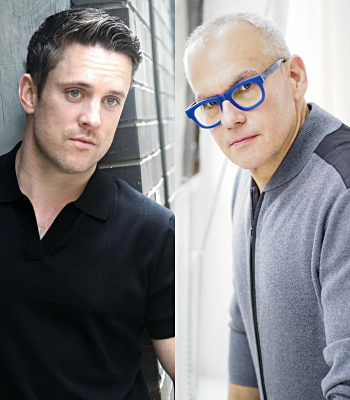Home » History of Jazz Timeline: 1914
History of Jazz Timeline: 1914
W.C. Handy writes St Louis Blues. This will be his biggest hit. The Blues is going full tilt.
There is a major impetus around this time for the Europeanization of the Blues. Up till now the Blues form varied between 13.5 and 15 bars to suit the lyrics or the mood of the performer. Eventually a 12 bar form based on the 1-4-5 chord progression (what we know as the Blues today) will become standard. This occurred for three reasons: 1) appealled to whites, 2) solved problems understanding, playing and notating the Blues 3) established harmonies and a form for band members to work with.
Sidney Bechet is now playing in the Eagle Band with Jack Carey and Buddy Petit.
Duke Ellington hears piano player Harvey Brooks in Philadelphia and is inspired to learn Ragtime.
The Freddie Keppard band turns up in Los Angeles.
Louis Armstrong is released from the waif's home where he learned his life's trade.
Innovative drummer Kenny Clarke is born in Pittsburgh, Pa. on January 9. Clarke will become the first Bop drummer.
Bass player Leroy "Slam" Stewart is born in Englewood, N.J. on September 21.
Ralph Ellison is born in Oklahoma City on March 1. He will achieve
critical acclaim with his novel, Invisible Man, in 1952. Ellison,
who attended Tusegee Institute with the intention of pursuing a
career in music, will write influential essays on jazz music and on
African American folk culture.
Tin Pan Alley publishers establish the American Society for
Composers, Authors and Publishers (ASCAP)
Keyword Search
Disclaimer: Though we have checked our facts, this timeline may contain erroneous information. If you discover errors or omissions, please bring them to our attention.















